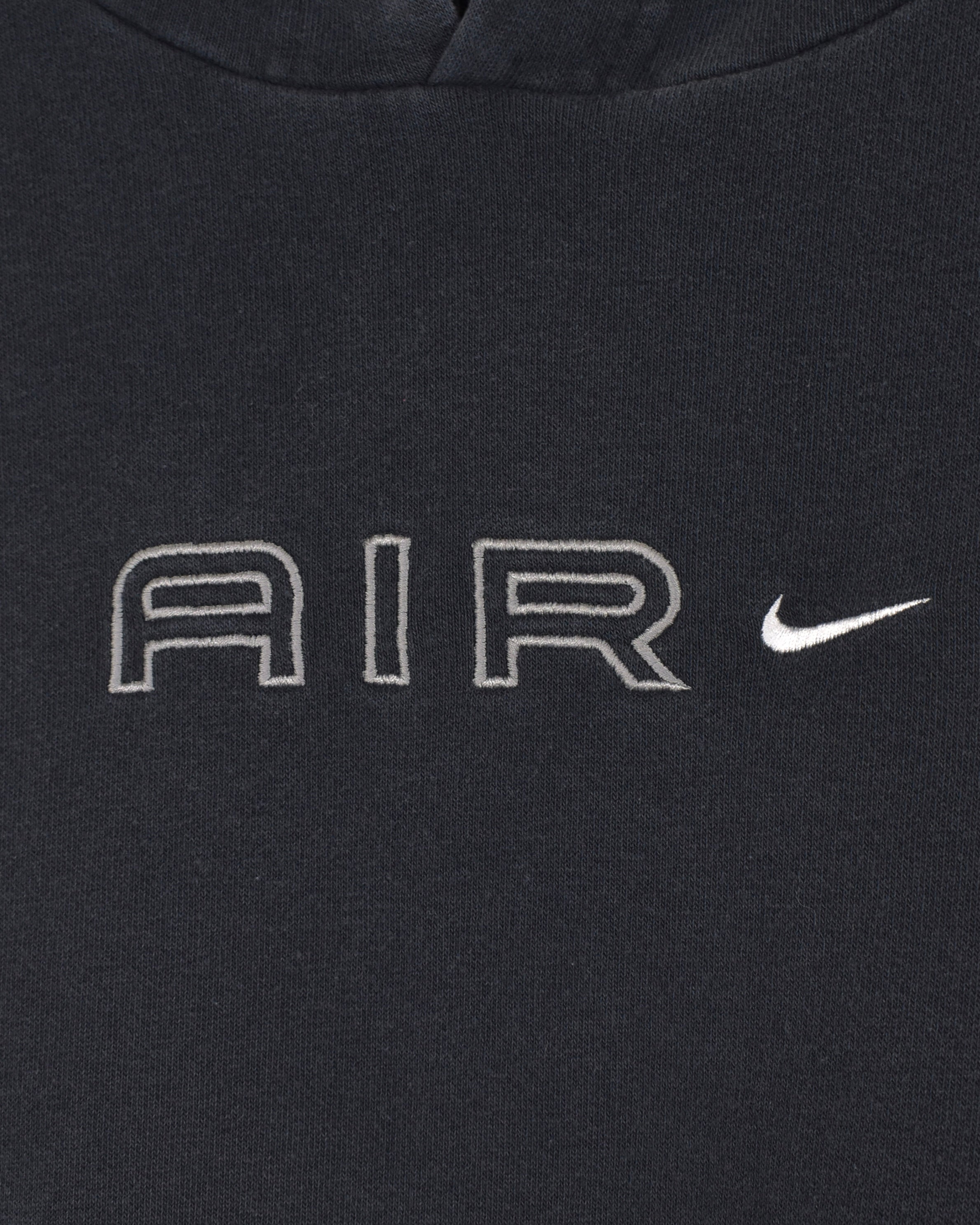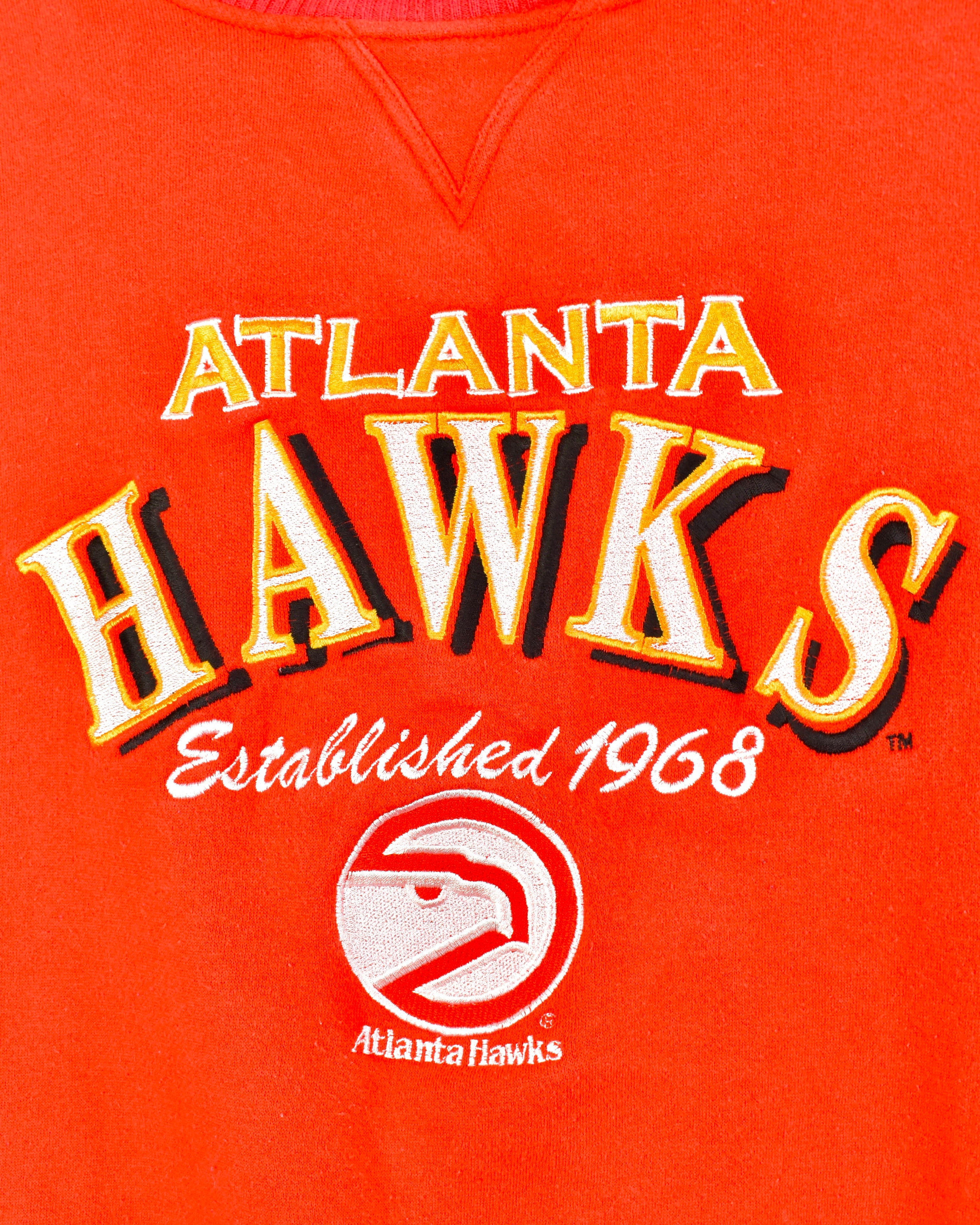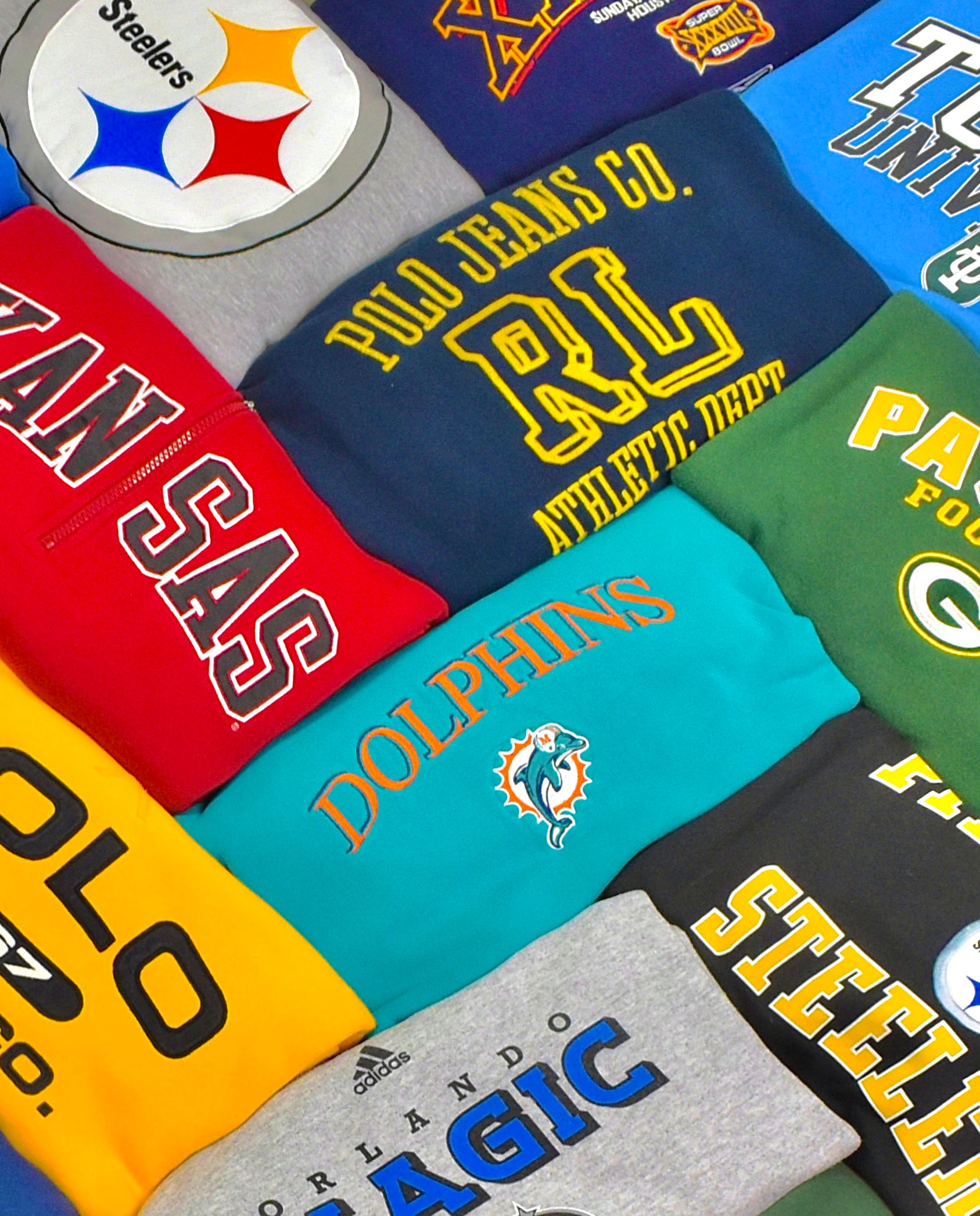Article: The Art of Vintage Clothing Identification: what to look for
The Art of Vintage Clothing Identification: what to look for

As vintage clothing continues to gain popularity, it's essential to know how to differentiate true vintage from modern imitations. While vintage clothing has a unique style and appeal, it can be challenging to identify authentic pieces. In this blog post we'll discuss some tips and tricks to help you identify vintage clothing, with the general rule that vintage garments are required generally to be 20 years and older.
-
The first step in identifying vintage clothing is to check the label. Many vintage garments don't have a label due to age / wear, but if there is one, it can provide valuable information. Look for labels that include the name of the designer or brand, as well as the country of origin. A union tag is an indicator that the garment was made before the 1980s for example.
Vintage clothing tags and modern tags can differ in a number of ways. Here are some key differences:
-
Design: Vintage clothing tags often have a unique design that reflects the era in which they were produced. For example, tags from the 70s may have a psychedelic or retro design, while tags from the 90s may have a more minimalist design.
-
Material: Vintage clothing tags were often made from different materials than modern tags. For example, some vintage tags may be made from paper or cardboard, while modern tags are typically made from synthetic materials like polyester or are screen printed directly onto the fabric.
-
Information: Vintage clothing tags often contain different information than modern tags for example, vintage tags may include the manufacturer's address, a copyright date, or care instructions written in the manufacturers local language.
-
Branding: Vintage clothing tags may feature a different brand logo or name than modern tags. For example, a vintage Levi's tag may feature the company's old "two horse" logo, while a modern Levi's tag may feature a more updated simple branding iteration. It is important to familiarize yourself with the tags of different brands and eras to help identify vintage clothing.
-
Condition: Vintage clothing tags may be faded, torn, or have a different worn texture due to age.

The second clue to identifying vintage clothing is to look for unique features. Vintage clothing often has distinctive features that set it apart from modern clothing. For example, heavy metal zippers, imprecise thick embroidery, or single hem stitching are all indicators that a garment may be vintage. Additionally, heavyweight cotton construction, unique cracked bold prints, and asymmetrical cuts were popular in certain eras and can be clues to the age of the garment. Heres an example of a vintage style single stitch hem line to look out for, these were generally used in t-shirt construction:

The third clue to identifying vintage clothing is to study the fabric & condition. Vintage clothing was often made from natural materials such as cotton, silk or wool, while modern clothing is often made from synthetic materials like polyester. Vintage fabric may also have a thicker texture or weight than modern fabric due to age and different manufacturing practices of the time. Furthermore, vintage clothing may have signs of wear and tear due to age such as fading, discolouration or small holes. Luckily, these imperfections can add to the charm of a vintage piece and have become a recent trend thanks to high end fashion houses incorporating manufactured imperfections in their collections.
Lastly, consider consulting an expert to help you identify vintage clothing. Vintage clothing experts can provide valuable insight into the age and authenticity of a garment especially for high end designers as they are often illegally replicated. They can also offer advice on how to care for vintage clothing, as these pieces often require special care and attention.
-
In conclusion, incorporating our steps to identifying vintage clothing can make it a fun and rewarding process instead of a confusing one. By checking the label, looking for unique features, studying the fabric or consulting an expert, you can gain valuable insight into the history and authenticity of a garment. As the demand for vintage clothing continues to grow, it's essential to know how to differentiate true vintage from modern imitations in order to continue to move away from the fast fashion model of today. By using these tips and tricks, you can confidently add vintage pieces to your wardrobe and appreciate the unique style and history they bring guilt free.



